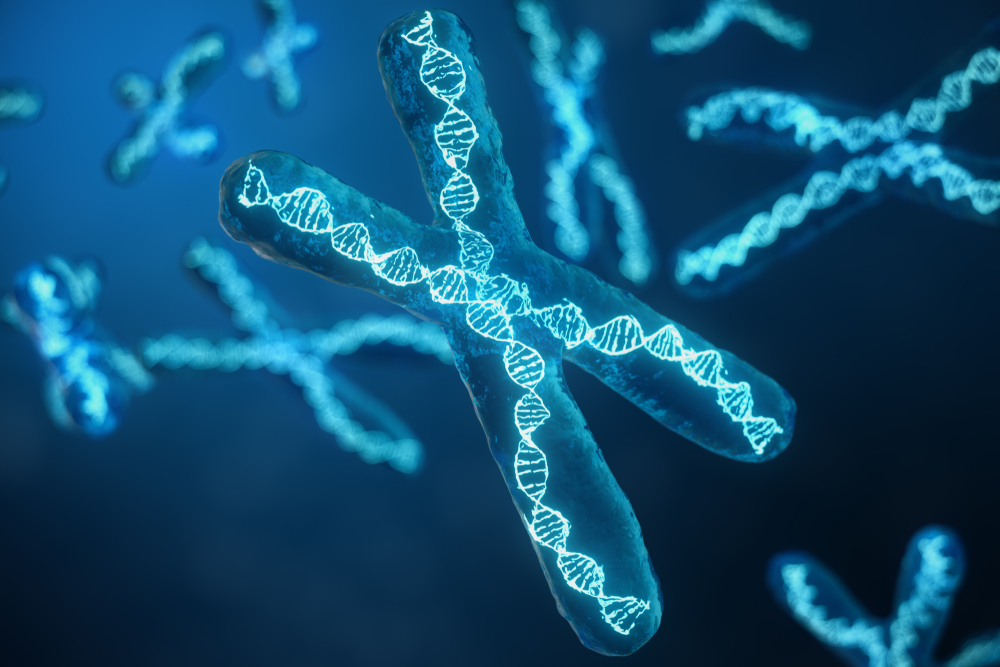


This test looks for a mutation in the BRAF gene and can be performed if you have a melanoma that has spread to other parts of the body – a condition known as a metastatic cancer. The tumour tissue is tested for mutations to see if you can benefit from BRAF-targeted therapy. People who have BRAF mutations are more likely to respond to the specific BRAF inhibitors dabrafenib or vemurafenib. In Australia, you can access these drugs under the Pharmaceutical Benefits Scheme. Less commonly, the BRAF V600 test is used to guide the management of other non-melanoma cancers, such as thyroid, colorectal, non-small cell lung cancer and a type of blood cancer called hairy cell leukaemia. BRAF mutations occur in up to 10 per cent of advanced colorectal cancer patients and are associated with a poor prognosis.
BRAF mutations associated with cancer are almost always acquired mutations and are only found in the cancer cells. They are not inherited and cannot be passed on to your children.
The BRAF gene is an oncogene. Normally, an oncogene turns on cell growth as needed but if there is a mutation and the gene isn’t working properly there is uncontrolled cell growth which can lead to cancer.
The test looks for a mutation on the BRAF gene specifically at codon V600. A codon is a sequence of three consecutive nucleotides in DNA that forms a unit of genetic information.
Between 40 and 60 per cent of melanomas have a mutation in the BRAF gene at codon 600 and up to 90 per cent of these are a specific mutation called V600E.
The second most common mutation is V600K. There are other rarer mutations that can be present in the BRAF gene including non-V600 mutations but the clinical significance of these has not yet been determined.
The test is mostly used when someone has late-stage metastatic disease, where the cancer cells have already spread, to see if they can benefit from BRAF-targeted therapy such as dabrafenib or vemurafenib.
If you have local early-stage melanoma, surgical removal remains the best treatment and has a high likelihood of success if it is caught before cancer cells have travelled away from the primary tumour site.
Sample
Melanoma tumour tissue taken by a surgical biopsy procedure.
Any preparation?
None.
The test results will show if the sample is positive or negative for the BRAF mutation If you have a positive result your doctor will treat you with a drug that is designed to target the mutation. If you do not have a BRAF mutation you will be treated with a different type of drug.
The choice of tests your doctor makes will be based on your medical history and symptoms. It is important that you tell them everything you think might help.
You play a central role in making sure your test results are accurate. Do everything you can to make sure the information you provide is correct and follow instructions closely.
Talk to your doctor about any medications you are taking. Find out if you need to fast or stop any particular foods or supplements. These may affect your results. Ask:
Pathology and diagnostic imaging reports can be added to your My Health Record. You and your healthcare provider can now access your results whenever and wherever needed.
Get further trustworthy health information and advice from healthdirect.